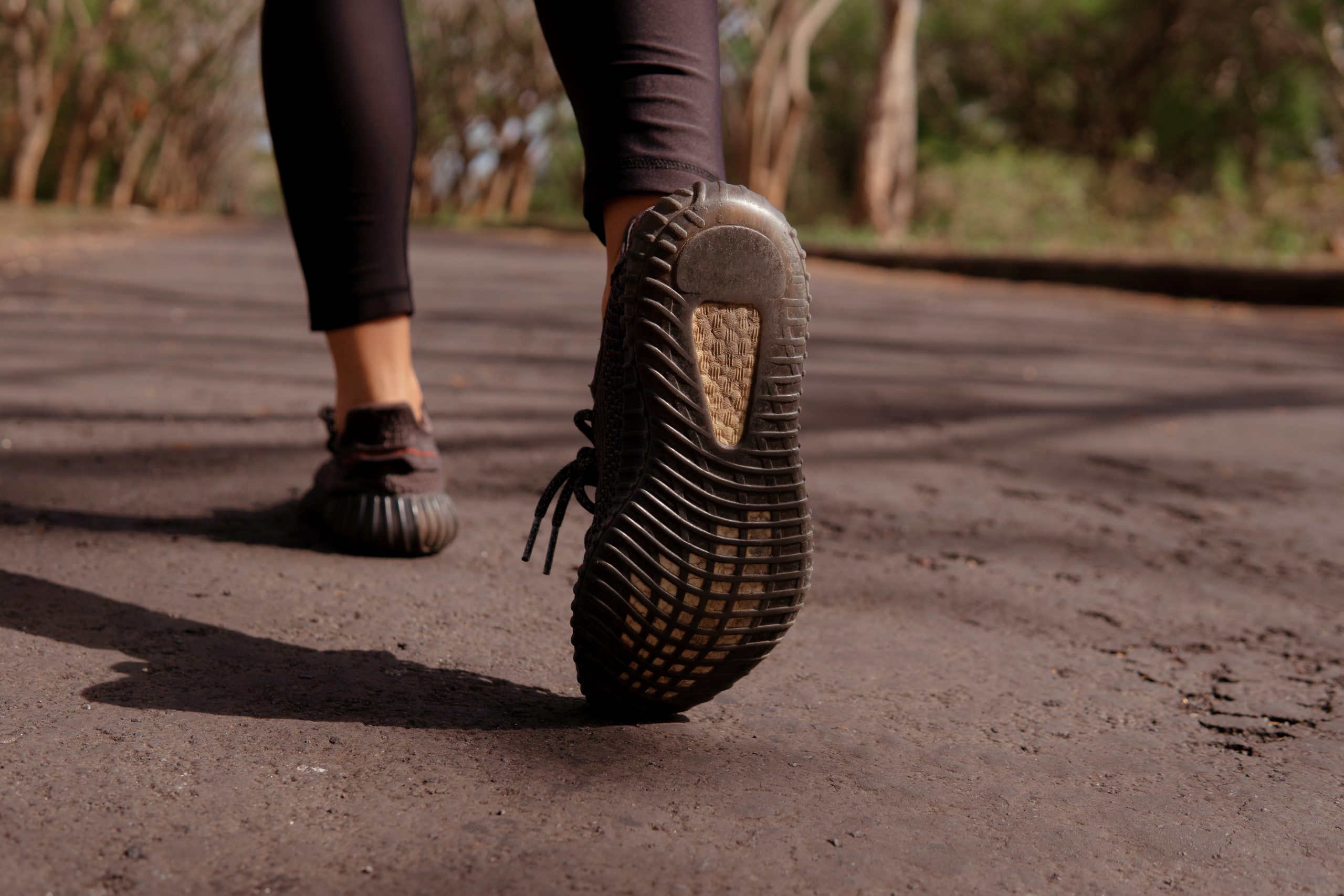
How to Pick the Best Running Shoes
The New York Times outlines how running is good for our health because it can keep us fit, lean and athletic. It is a very convenient sport because we can run almost anywhere, anytime we want, and it can be done alone or with friends. Because running is so popular, running shoes have also become a very trendy ‘must have’ item in people’s closets. With so many running shoes to choose from, how do you pick which ones to buy?
A previous article on ‘How to Be a Better Runner’ introduced a few points on picking the right shoes. We will expand on those points by talking about the five most important characteristics of running shoes we ought to pay attention to.
1. Terrain
Know where you are going beforehand. The type of terrain you will be running on will be a big factor to consider when choosing the proper running shoes to wear. Terrains could be either a flat ground, a rocky dirt road, up a hill, or on a hiking trail – each with its own demand from the footwear we choose. A thick cushioned sole will absorb shock and give your feet comfort on a rocky terrain. A sole with good grip and deeper treads provide great traction and stability on slippery terrain with uneven surfaces. Different types of shoes will provide your feet a different feel and give you a completely different experience.
2. Quality
The quality of the shoe is vital because it will determine the longevity of your precious pair – whether it will last for just a day, or for many years to come. Quality is determined by many characteristics, such as good materials, superb workmanship, reasonable weight, fitting shape, functional reliability, and extended durability. Traditional running shoes were made with layers of different types of fabrics sewn together then glued to the sole, reports CNN. Today, modern technology uses knitted materials combined with 3D printing to make one-piece uppers.
3. Comfort
If a shoe is not comfortable, one cannot bear walking with it, more so run with it. Your running shoes must fit your feet properly from heel to toe. It should feel just right when you walk, run and sprint. Always try on both pairs of shoes and spend a few minutes walking around with it to test if your feet and your new shoes are a perfect match. If you feel any slight pain or uncomfortable tenderness while walking around with your new pair of shoes, this will most likely get worse over time, and your new pair of shoes will end up collecting dust in the closet. Your feet and shoes should be snug and cozy with a secure fit the moment you try it on in the store.
4. Functionality
If a shoe is not functional, then it is not likewise useful. Running shoes must be able to support your feet, ankles, legs, hips, knees and body to execute perfect performance on whatever terrain you may be running on. Whether you are jogging down a hill or sprinting through a trail, your shoes should be able to give you balance, stability, flexibility, grip, traction, ankle support and shock absorption.
5. Price
Prices of running shoes vary from a few dollars to hundreds of dollars. Usually, the higher priced shoes were made using advanced technologies, which justifies the price, claims Medical News Today. Buying good quality running shoes does not necessarily mean you have to buy the highest priced shoes. You can still find great shoes with good comfort and support at reasonable prices. A good way to keep up to date regarding prices, comfort and technology is to regularly check in with experts to find out what the latest trends are. One great online resource is SoleSavy, which is a footwear community where you can discuss the build and quality of shoes with other people well versed in the field. The community members and the in-depth guides on the site can help guide you in buying the shoes for your specific needs. SoleSavy also has its own podcast which welcomes industry experts on to the show, discussing the latest innovations in the footwear industry.

